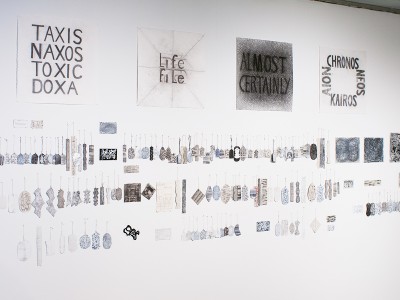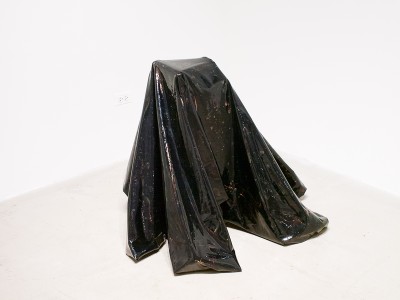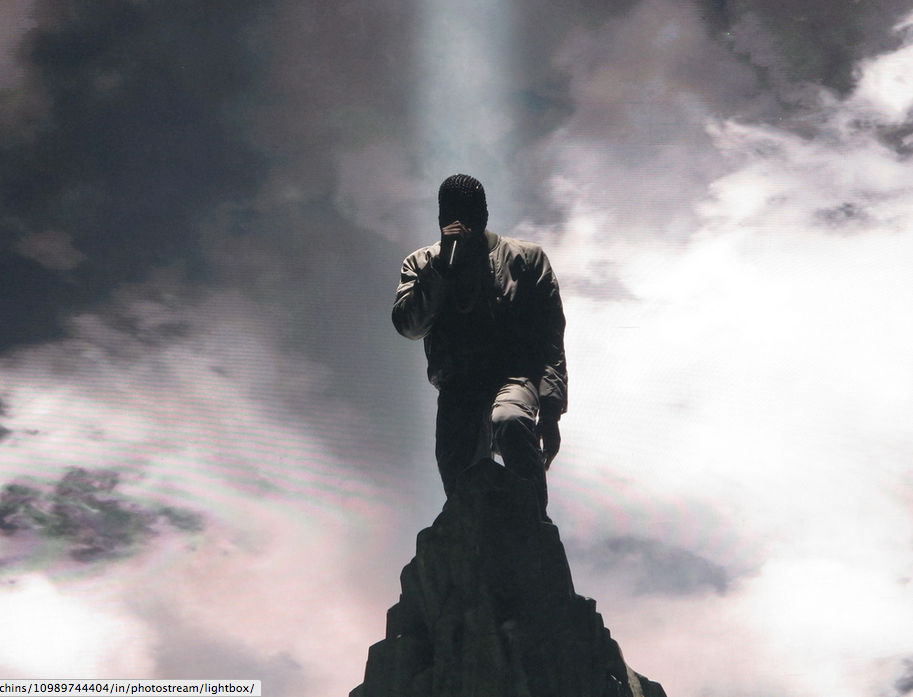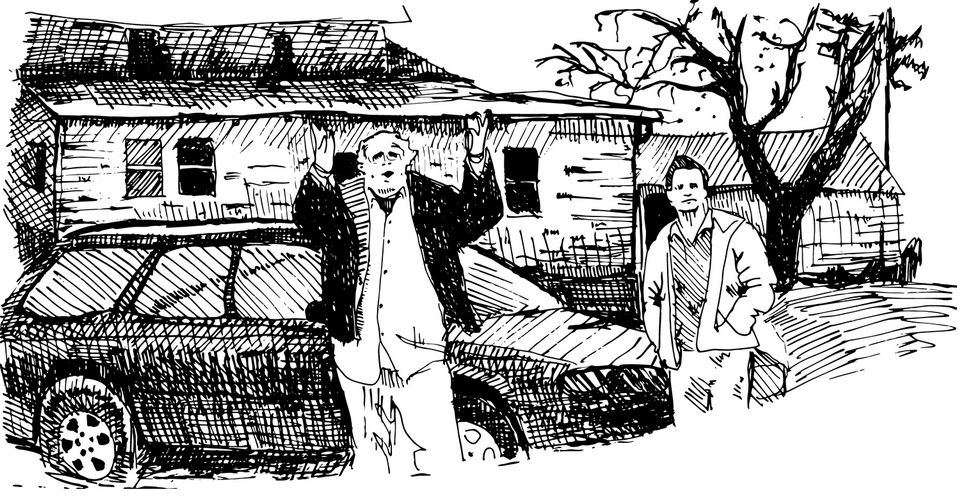Although it seems like just a distant memory now, the end of the fall semester was a whirlwind of papers thwarted by social events, excessive caffeine intake tempered by wine, and holiday joy muted by sheer exhaustion. Back then, I attended the opening of Faculty Projects and Tracing Affinities at the Sullivan Galleries. However, its was too difficult to draw any conclusions about it right then given my stress level and I had to revisit it about a month later.
Faculty Projects showcases works created by professors while they were on sabbatical. After having my own amount of designated time to do whatever interested me (i.e. winter break), I understood the value of a sabbatical. Granted, my interests were limited to pajamas and Netflix. However, it’s funny how differently I interpreted both exhibitions after a few weeks of mental rest. I recall almost having an anxiety attack when I first saw Professor of Painting and Drawing Frank Piatek’s “Theater of the Concealed Index” during the opening. “Please God, not semiotics!” I shouted [hopefully] inside my head. But upon my second viewing, I was ready to play Piatek’s sign game.
At the top of the installation are drawings of words on paper. Below this linear installation of framed drawings are myriad pieces of cut paper, most marked or painted on in some way, each attached to a small piece of tied twine and hung from individual tiny nails in straight rows. The indices within this installation proliferate at an astounding rate: are we to contemplate the index of the drawn words up above?
Like anything related to semiotics, “Theater of the Concealed Index” has a lot of pieces and isn’t easily explained. Indices are particularly nuanced since they do not necessarily correspond visually to what they represent (like an icon), nor can they be contextually removed from their subject (as symbols often can). No, an index is its own special kind of mindfuck that doesn’t necessarily look like its object but cannot be related to another object. Apply this reasoning to Piatek’s work and one is left wondering, “What exactly am I looking for?” The subject of this index would be the tool that was used to draw them, the artist’s hand that manipulated the tool, the act of drawing in and of itself, etc. Or are we to marvel at the hanging cut pieces that each reveal that which cut, marked or altered them in the first place?

Yet another question arises as the viewer considers the work’s title : wherein lies the theater? As I stood before this wall of infuriatingly enrapturing indices of painting, drawing, cutting and manipulating, I viewed them all as little players or actors in the larger “theater” of the installation. However, I then realized that the theater is much larger than a single installation. It is rather the realm of mark-making in general, in which the artist exerts their power on subject, forever leaving a trace. Thus, the index is almost interminably the artist.
Just across the room, Tracing Affinities features works by both current SAIC students and alumni. Like Faculty Projects, I wrongly assumed that the exhibition was a here’s-what-some-SAIC-people-have-been-doing-with-their-time kind of exhibition. However, on my return visit, I realized that there was something meaningful behind the word “affinity” in the title. The show’s curators —Catalina Acosta-Carrizosa (Dual MA 2015) and Raven Falquez Munsell (Dual MA 2015) — had actually taken the time to introduce artists included in the exhibition to one another in an effort to facilitate further discussion amongst them.
Perhaps one of my favorite pieces in this exhibition was the untitled installation by alumna Rose Sexton. Upon entering the room, an acrid but pleasant smell immediately drew me to its source: three large masses of viscous black liquid. The work was simple in its conception — vinyl sacks of tar draped over some large chunky found objects — that sprawled like bodies. There is a sense of movement exuding from the tar bodies as the vinyl stretches and strains across the sharp edges of the found objects that hide beneath them, just as skin bends and wrinkles over bones. There is a visceral tension in these bodies from the tar that piles in large, round blobs at the base of each form, contrasting sharply with the bodies’ jutting edges.

I wanted to move with the tar bodies, to dance their slow, gelatinous dance. However, they each were strategically placed just close enough to the walls of the room to keep me from fully circling them. At first I was frustrated by how my advances were halted by the way these bodies were positioned. Then I realized how perfectly their positioning had been considered as it left me wanting to engage with them so much more.
My only issue with this recent crop of Sullivan shows is their sheer breadth. Look how long you have been reading this article already, and I have only discussed one work from each show. The root of this problem — which is a good problem to have — is that there are so many people doing so many things at SAIC. But when it comes to organizing an exhibition (or exhibitions) that are meant to be even just marginally comprehensive in their scope, it becomes an arduous task to curate something that does not seem like show-and-tell time when there are so many artists and practices that are worthy of being represented.
What I ultimately realized in my second visit to Faculty Projects and Tracing Affinities was that both were essentially exhibitions about fostering dialogue rather than showing and telling, although I can’t honestly say that this revelation came to me without expending both thought and time on the matter. In the case of Faculty Projects, dialogue is generated through the dedicated and mindful practice of SAIC professors. Conversely, Tracing Affinities sought to bring past and present students into direct dialogue with one another. This sense of ongoing and contributory discourse is essential to what we — both students and faculty —are doing here at SAIC. We need to be reminded of that, directly and frequently.







